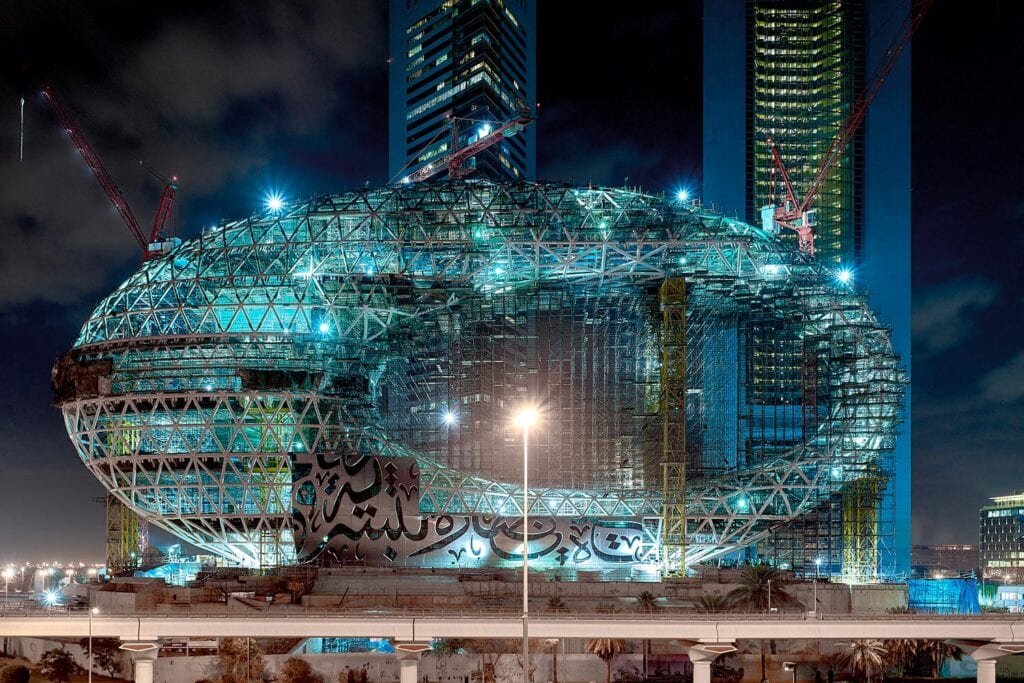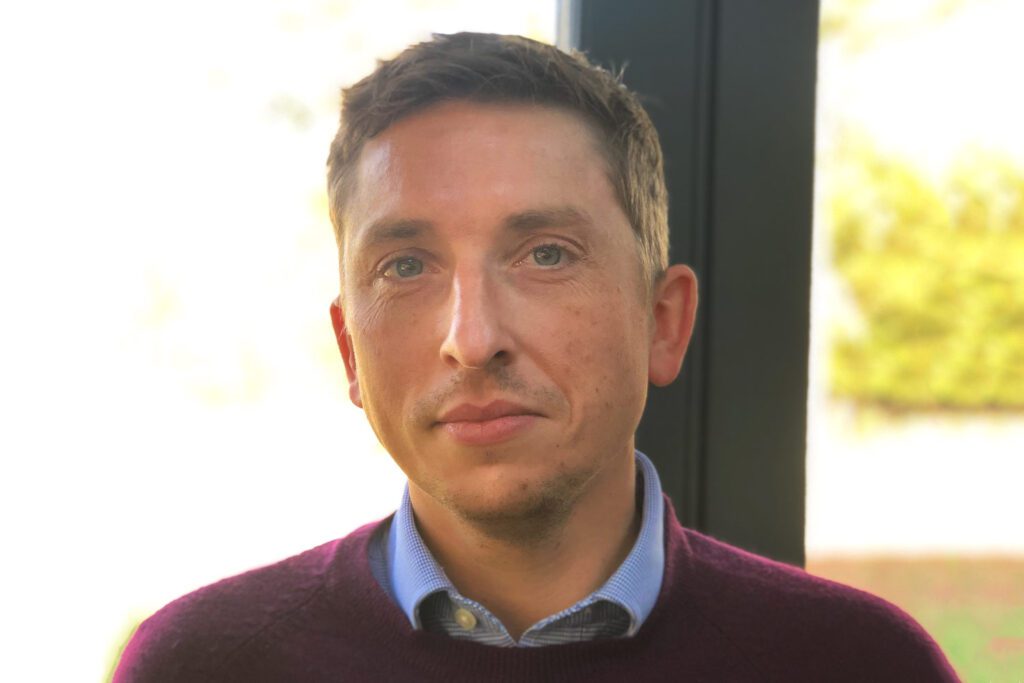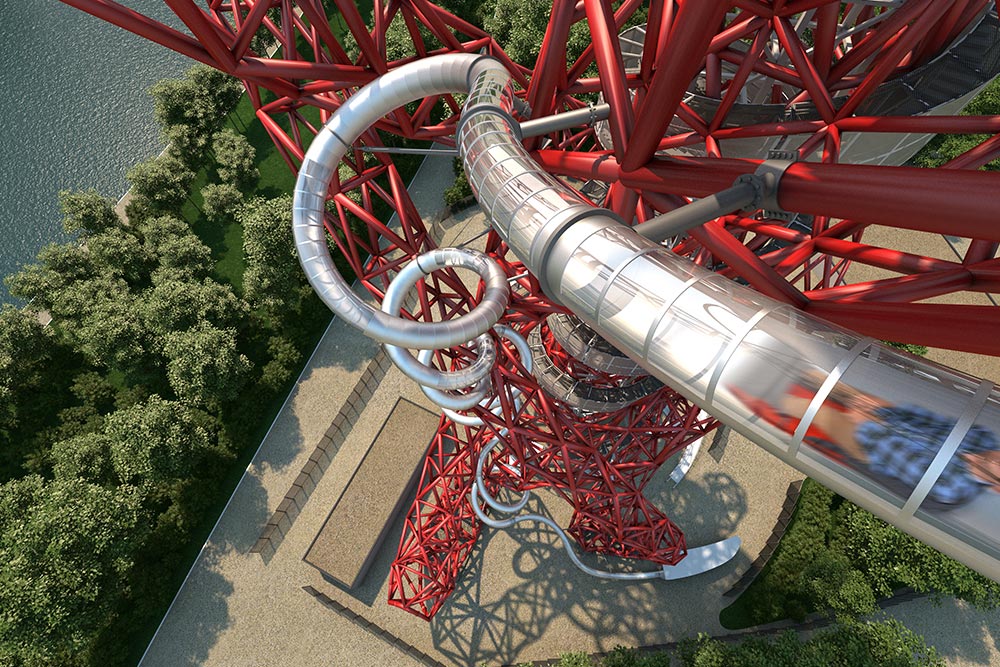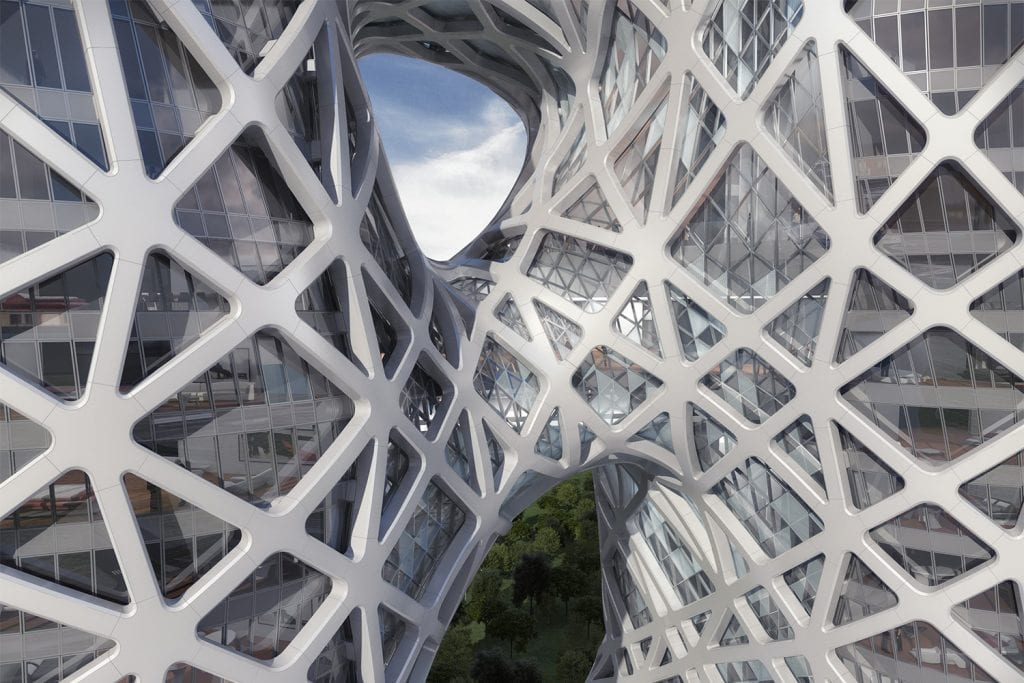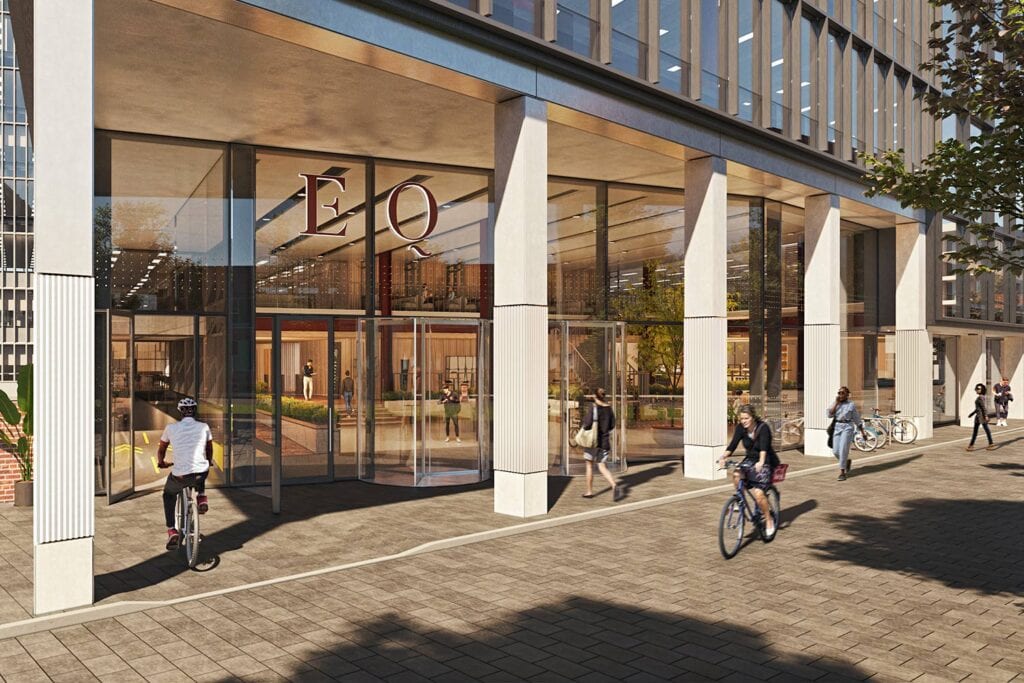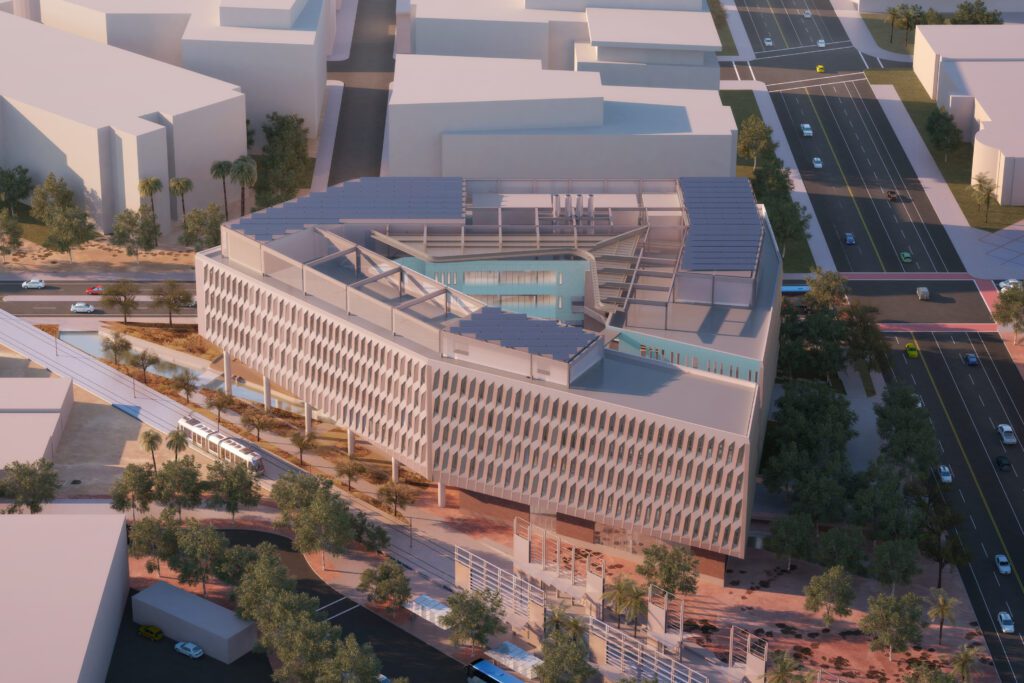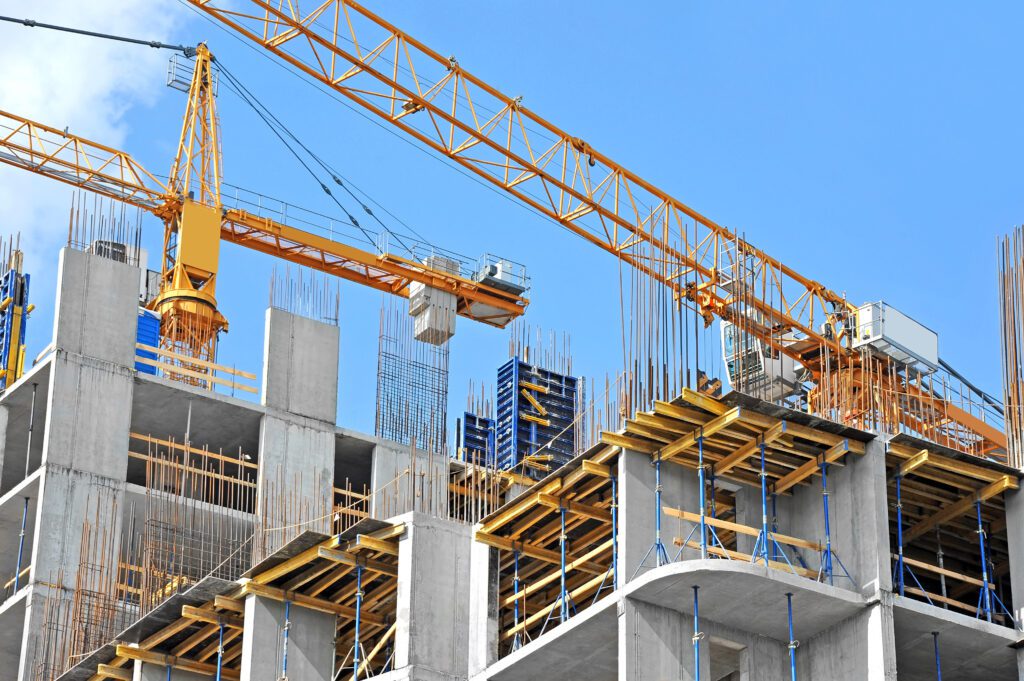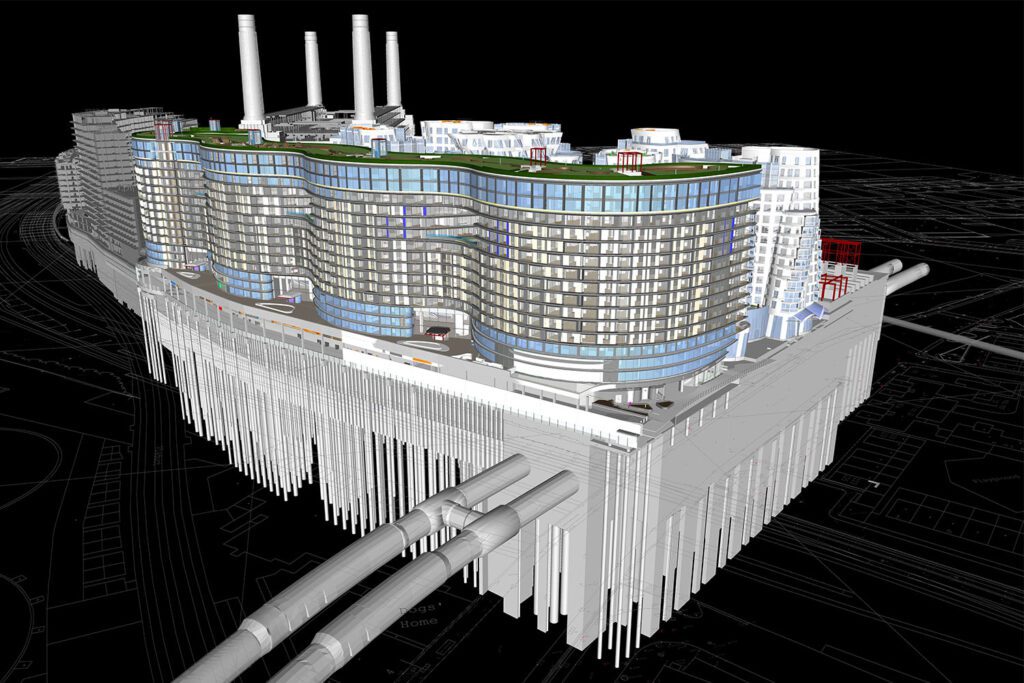Event Recap: Introduction to Parametric Design
In February 2023, Senior Structural Engineer Christopher Short, delivered an ‘Introduction to Parametric Design’ to iStructE Ireland, in partnership with Jake Hagan, Architectural Technologist for 3D Reid.
The duo has been tasked with exploring new ways to collaborate on projects with advanced digital tools to improve efficiencies across the project life cycle.
Parametric design is a design method where features (such as building elements and engineering components) are shaped according to algorithmic processes, in contrast to being designed directly.
What did we learn?
1. Parametric design tools assist with the modernisation of the AEC industries.
The growing use of parametric tools in the design of the wider built environment is creating improvements in key fields. The digitisation of the construction process is becoming more accessible with the use of parametric design tools enabling DfMA (Design for Manufacture and Assembly) processes. The digitisation of the construction industry works hand in hand with the reduction of construction waste and critically, embodied carbon.
2. Parametric design tools are incredibly powerful for rudimentary design processes.
Parametric design tools were pioneered on complex structures such as architecturally expressed long-span steel forms. Today, we are seeing and encouraging widescale use of these tools in small to medium-sized firms on more typical forms such as frames, foundations, floor plans and model generation. Critically, tools allow design teams to come to data-backed decisions by spending more time optimising their designs, further ensuring minimal waste and embodied carbon in all sectors.
3. The adoption of modern parametric tools requires a cultural shift.
Parametric tools are not simply new software, they require a cultural shift in a company’s outlook on their typical project life cycle to ensure the benefits are realised. The benefits will materialise over multiple project iterations, where businesses see returns upon the re-use of scripts and interpreting past project data. Over time, less effort is spent on a project set up and more time is spent designing buildings that will leave a low impact on our planet and give comfort to their occupants.
Want to find out more: Contact Chris Short.
